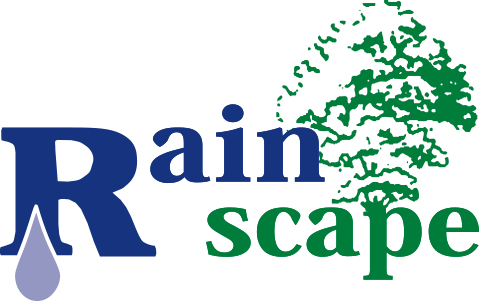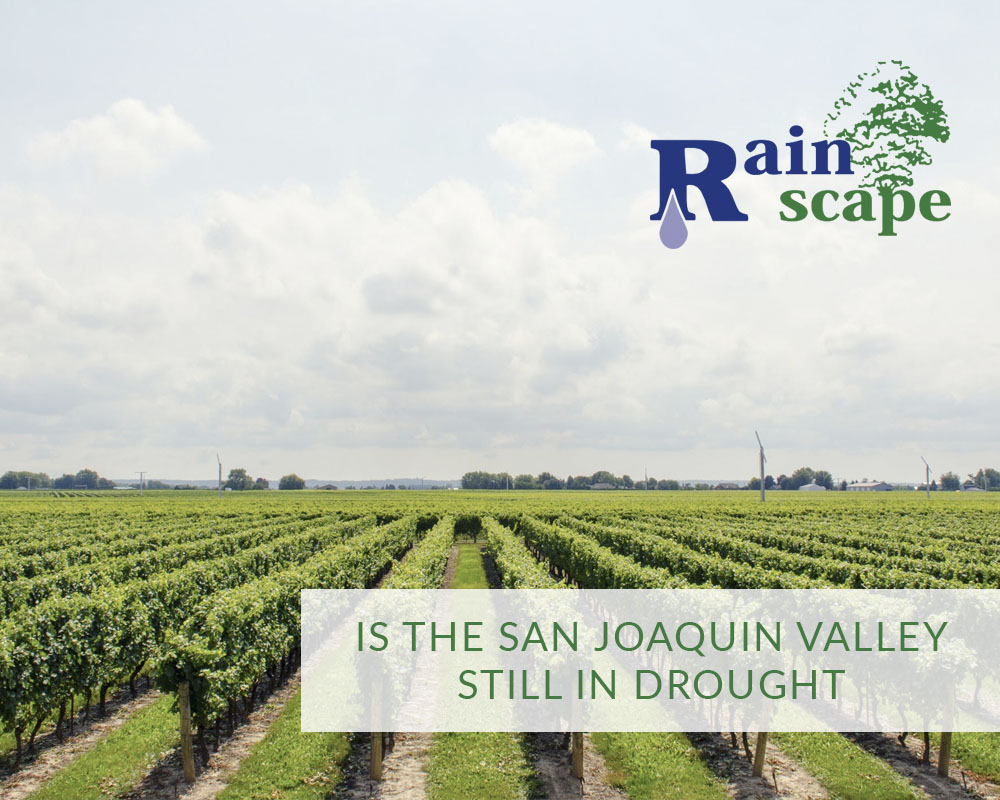While California experienced one of its wettest winters in quite some time, many people are wondering how it’s affecting us as we head into summer and what is usually a very dry, drought season. Is the San Joaquin Valley still in a drought condition? How does this affect our local watering schedules for Visalia, Tulare or even Fresno?
According to experts, the general long-term forecast for California sounds like a rollercoaster ride of intense climate change. Weather fans can expect everything from heavy storms followed by intense drought condition, to atmospheric rivers that cause flooding, to dramatically descending water tables that threaten agriculture throughout Central California.
It’s like the old saying, the old thing you can count on is change – especially with the weather.
Water conditions in Central California, however, are constantly at the top of minds at both state and local level of government as grants are handed down and laws passed to study and help with maintaining sufficient water supply to an area that is often called the “Food Basket of the World.”
The sprawling central valleys of California are filled with thousands of farms that support the state’s economy. For more than a century the valley’s rich soil has provided Americans with a wide variety of nuts, produce, wine grapes, dairy and even cotton. Water supplies are delivered through hundreds of miles of canals and aqueducts that irrigate over 5 million acres of farmland and deliver water to 4 million residents in eight valley counties.
The recent winter, complete with dramatic atmospheric rivers and storms that provided a deluge of much-welcomed water, has given locals here in Visalia and throughout the area a small respite. Gardens, parks and agricultural lands have experienced a robust bloom and spring growth season as a result of this bounty of water. Even though we’re enjoying the after-effects of this past winter, long-term projections about our water tables remain much the same.
After nearly a century of heavy use, many aquifers are badly depleted, and the San Joaquin Valley remains in a constant state of drought condition, necessitating diligence in water conservation efforts.
Homeowners and business owners can be water-wise by installing sustainable landscapes that are drought-friendly. Sustainable landscape designs minimize use of resources such as water, cut down on waste materials, and use more natural, or native, materials as much as possible. You can learn more here: “What do I need to create a sustainable landscape?”
Another action you can take it to be familiar with your local watering schedule – and stick to it. Water schedules are legally enforceable, but that’s now why you should follow them (although you can get a ticket and pay a fine if you are found in violation.) The reason to follow your local watering schedule guidelines are common sense: You’ll use less water, your water bill will go down, and you’ll be providing positive support for your local environment.
If you need a quick refresher on local watering schedules, here you go:

